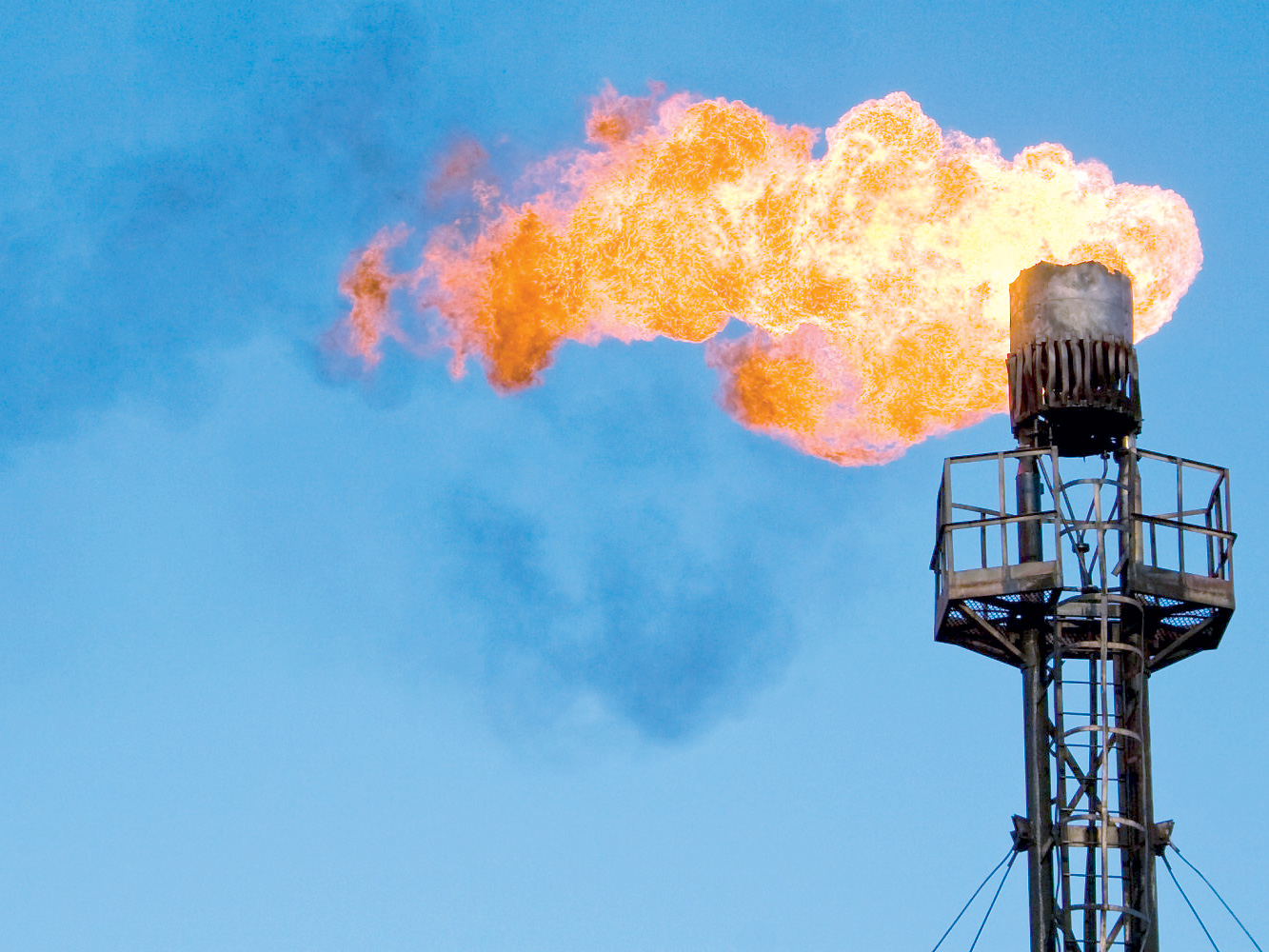

By Conrad Prabhu — MUSCAT: MAY 17 - Petroleum Development Oman (PDO), which accounts for a dominant share of the nation’s oil output as well as almost all of gas production, says it is on course to achieving the elimination of routine flaring well ahead of the 2030 target set by the World Bank. Helping aid this objective are a number of flaring reduction and mitigation initiatives that have already contributed to a dramatic decline in flared volumes, as well as the intensity of flaring, the majority government-owned company said in its Sustainability Report 2016.
“PDO has also endorsed the World Bank Zero Flaring Initiative, to encourage governments, companies and development organisations to work closely together to end continuous flaring by 2030. As part of this approach, PDO will continue to strive towards implementation of economically viable solutions to eliminate routine flaring as soon as possible and ahead of the World Bank target date,” said Raoul Restucci, PDO Managing Director, in the report.
Gas flaring, which typically functions as a “safety valve” in oilfield operations, also contributes to the emission of greenhouse gases associated with global warming and climate change. However, if captured and processed, it can serve as a valuable energy resource for, say, electricity generation.
Flaring reduction continues to be a key part of PDO’s gas conservation strategy, which is evident from the 38 per cent reduction in flaring intensity recorded over the 2015-2016 timeframe. Flaring intensity slumped to 12.86 tonnes flared per 1,000 tonnes of production in 2016, down from 20.85 tonnes flared in 2015.
Flared volumes are expected to further decline once a key initiative by PDO, currently being trialled at a field in the south of its concession, is successfully operationalised.
It centres on the use of micro-turbines to convert gas into electricity for possible deployment in locations where gas output is not hooked up to the network either because the volumes are too small or the location is far too remote.
Commenting on the potential behind this technology, the PDO report said: “PDO has implemented several new technology trials such as the use of micro-turbines. These represent an emerging new technology, gaining worldwide acceptance in flare gas recovery. They are seen as very promising for generating power directly from low and atmospheric pressure (AP) flare gas, which is otherwise wasted.”
At Anzauz, where micro-turbine technology is undergoing trials, the pilot successfully converts around 1,000 m3/day of gas to generate 180 — 195 kilowatts. Although gas utilization amounts to just 5 per cent of Anzauz’s flared volumes, the technology — if and when fully deployed — has the potential to recover around 500,000 m3/day of flared gas across PDO’s vast concession. In another trial under way at Zauliyah, a liquid-gas pump called an ‘eductor’ is being used to recover atmospheric pressure gas typically flared at stations where the volumes are too small for commercial recovery.
Commissioned last November, the eductor project has reduced flaring by 1,200m3/day and has also contributed to the recovery of 18 barrels of oil per day (bpd).
Oman Observer is now on the WhatsApp channel. Click here



